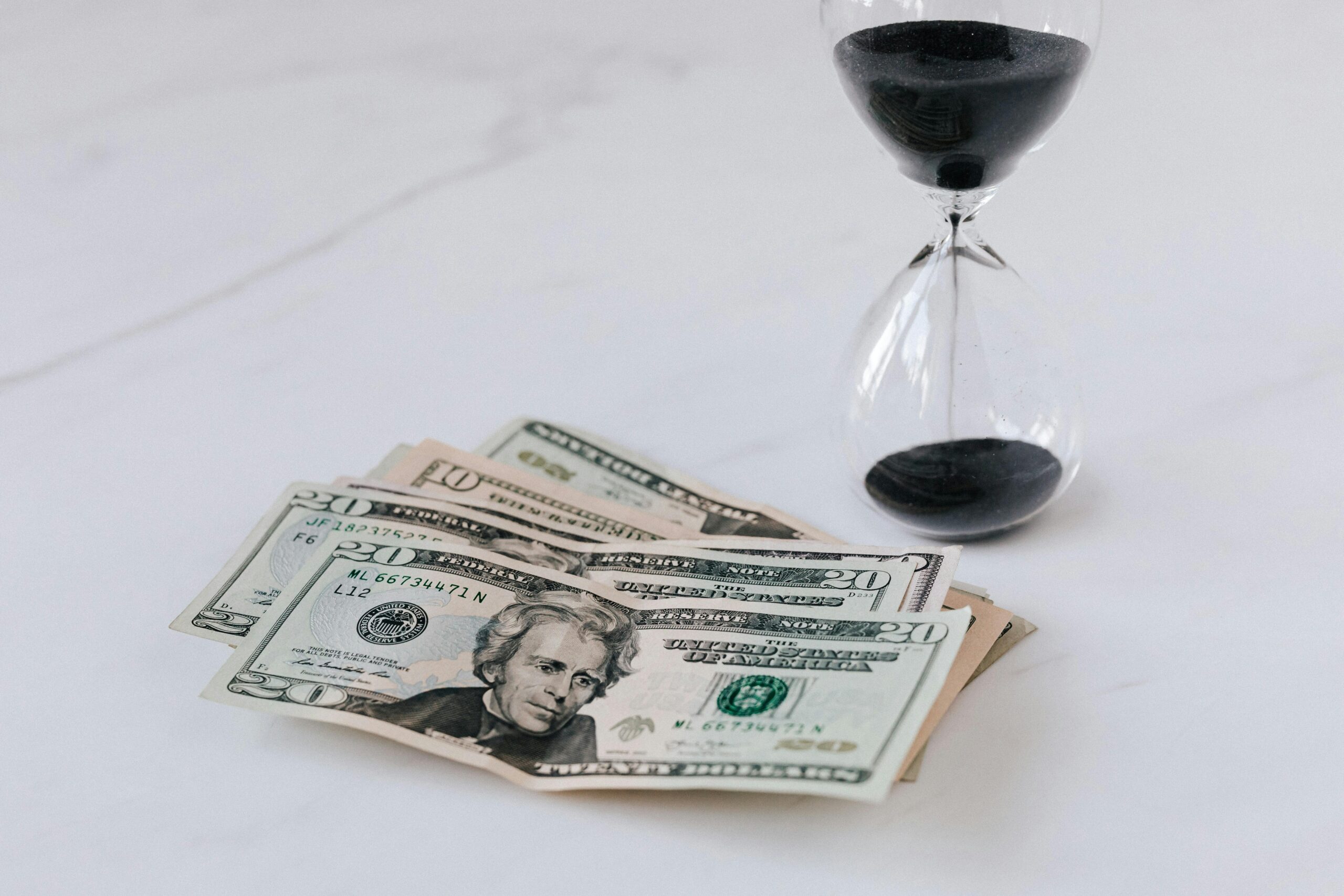The anchoring effect is one of the most powerful cognitive biases in consumer psychology, and understanding how to leverage it can dramatically transform your pricing strategy and sales performance.
🎯 Understanding the Anchoring Effect in Pricing Psychology
The anchoring effect occurs when people rely too heavily on the first piece of information they receive when making decisions. In pricing contexts, this initial number becomes a reference point that influences all subsequent judgments about value and cost. Whether you’re selling products online, running a brick-and-mortar store, or offering professional services, the anchoring effect shapes how customers perceive your prices.
Research in behavioral economics has consistently demonstrated that consumers don’t evaluate prices in isolation. Instead, they compare them against anchors—mental benchmarks that may or may not be relevant to the actual value of what they’re purchasing. This cognitive shortcut helps people make faster decisions, but it also creates opportunities for strategic pricing that can significantly impact your bottom line.
The fascinating aspect of anchoring is that it works even when people are aware of it. Studies show that arbitrary numbers presented before pricing discussions can influence how much someone is willing to pay, even when those numbers have no logical connection to the product’s value.
💡 How Anchoring Shapes Consumer Perception
When customers encounter your pricing, their brains immediately start searching for reference points. These anchors can come from various sources: competitor prices, previous purchases, suggested retail prices, or even unrelated numbers they’ve recently encountered. The first price they see often becomes the dominant anchor that colors their perception of everything else.
Consider this scenario: A customer walks into a clothing store and sees a jacket priced at $800. Next to it, another jacket is marked at $350. Without the $800 anchor, the $350 jacket might seem expensive. But with that higher price point established first, the $350 suddenly appears reasonable—even like a bargain.
This psychological phenomenon extends beyond simple comparisons. The anchoring effect influences how customers assess quality, determine fairness, and ultimately decide whether to purchase. A high initial anchor can elevate perceived value, while a low anchor might inadvertently signal inferior quality.
The Three Types of Price Anchors
Understanding the different categories of anchors helps you deploy them more strategically:
- External anchors: These come from outside sources like manufacturer suggested retail prices (MSRP), competitor pricing, or industry standards
- Internal anchors: These are based on customers’ previous experiences, past purchases, or preconceived notions about what things should cost
- Arbitrary anchors: These are seemingly random numbers that still influence decision-making, such as displaying a higher-priced item first
📊 Strategic Pricing Tactics Using the Anchoring Effect
Implementing anchoring effectively requires more than simply showing a high price before a lower one. The most successful strategies integrate multiple psychological principles while maintaining ethical business practices and genuine value delivery.
Decoy Pricing Strategy
The decoy effect combines anchoring with strategic product positioning. By introducing a third option that makes your target product look more attractive, you can guide customers toward higher-value purchases. This tactic works particularly well when you offer three pricing tiers.
Imagine you’re selling software subscriptions. Your basic plan costs $19 per month, your professional plan costs $49 per month, and your premium plan costs $99 per month. Most customers might gravitate toward the basic option. But if you introduce a decoy—perhaps a professional plan at $45 that offers only slightly more than basic—the $49 plan suddenly looks like exceptional value.
The key is ensuring your decoy is strategically inferior in a way that highlights the benefits of your target option. The decoy serves as an anchor that shifts perception without actually being the product you expect to sell in volume.
The Power of Charm Pricing
Charm pricing—ending prices in 9, 99, or 95—leverages anchoring through the left-digit effect. Customers anchor on the leftmost digit, so $299 feels significantly cheaper than $300, even though the difference is minimal. This strategy has been validated across countless studies and remains effective across industries.
However, charm pricing isn’t universal. For luxury brands or premium positioning, round numbers can actually serve as better anchors because they signal quality and prestige. A $1,000 watch feels more luxurious than a $999.99 watch, even though the latter is technically cheaper.
🚀 Advanced Anchoring Techniques for Maximum Impact
Sequential Anchoring in Sales Presentations
The order in which you present prices dramatically affects customer perception. When selling multiple products or service tiers, starting with your most expensive option establishes a high anchor that makes everything else seem more affordable.
This technique proves especially effective in consultative sales environments. Begin by showcasing your premium package with all its features and benefits. Even if the customer can’t afford or doesn’t need that level of service, it establishes a value framework. When you then present mid-tier options, they appear reasonable by comparison.
Real estate agents master this technique by showing buyers expensive properties first. After viewing a $2 million home, a $1.5 million property suddenly seems like a deal, even though it’s still a substantial investment.
Bundle Anchoring Strategy
Bundling products together creates opportunities for multiple anchor points. By showing the total value of individual items before presenting the bundled price, you establish a higher anchor that makes the package deal appear incredibly valuable.
For example, if you sell three products that individually cost $100, $150, and $200, you can display the combined value of $450 before offering the bundle at $375. The $450 becomes the anchor, and the $375 bundle price represents a 17% savings that feels significant against that reference point.
Time-Limited Anchor Adjustments
Creating urgency through limited-time pricing combines anchoring with scarcity psychology. Display your regular price as the anchor, then show a temporary discount. The original price remains the reference point in the customer’s mind, making the discounted price feel like an opportunity they can’t miss.
This strategy works best when the original price genuinely reflects your normal pricing, not an inflated figure created solely for comparison. Ethical implementation builds trust while still leveraging the psychological power of anchoring.
💰 Anchoring in Digital Commerce and E-Commerce
Online shopping environments present unique opportunities for anchoring implementation. Without physical sales representatives, your website design and pricing display become critical tools for establishing effective anchors.
Visual Hierarchy and Price Display
How you visually present prices on your website influences which numbers serve as anchors. Larger fonts, strategic positioning, and visual contrast can direct attention to specific price points first, establishing them as anchors before customers process other information.
Consider using strikethrough pricing to show original prices alongside sale prices. This visual technique keeps the higher anchor visible while emphasizing the savings. Studies show that displaying both prices increases perceived value more effectively than showing only the sale price.
Comparison Tables and Anchor Points
Product comparison tables serve as excellent anchoring tools. By displaying multiple options side-by-side, you create multiple anchor points while guiding customers toward your preferred option through strategic positioning and highlighting.
Position your target product in the center of comparison tables, use visual cues like “Most Popular” or “Best Value” badges, and ensure the pricing structure naturally leads customers to see your preferred option as the optimal choice relative to the anchors you’ve established.
🎨 Industry-Specific Anchoring Applications
Retail and Consumer Goods
Physical retail environments benefit from strategic product placement that establishes price anchors. Positioning expensive items at eye level or at store entrances creates high anchors before customers encounter mid-range products. Luxury retailers deliberately display their most expensive items prominently, not necessarily to sell them, but to anchor perceptions of value for everything else in the store.
Service-Based Businesses
Consultants, agencies, and professional service providers can use anchoring by presenting comprehensive service packages first. Even if clients opt for smaller engagements, the initial high anchor establishes your value and expertise. Additionally, hourly rate structures benefit from anchoring when you present project-based pricing alongside hourly alternatives.
Subscription and SaaS Models
Software as a Service companies excel at anchoring through tiered pricing models. By offering multiple subscription levels with the highest tier displayed prominently, they anchor value perceptions while guiding most customers toward mid-tier options that offer the best profit margins.
Annual billing options presented alongside monthly pricing also leverage anchoring. When customers see a monthly price of $29 compared to an annual price of $290 (effectively $24.17 per month), the monthly anchor makes the annual discount feel substantial.
⚠️ Ethical Considerations and Best Practices
While anchoring is a powerful tool, ethical implementation ensures long-term customer relationships and brand reputation. Manipulative practices might generate short-term gains but ultimately damage trust and customer loyalty.
Maintaining Authentic Value
Your anchors should reflect genuine value propositions, not fictional prices created solely for comparison. If you display a “regular price” that no customer has ever actually paid, you’re crossing from psychological pricing into deceptive practices. Ensure your anchor prices represent real value that customers could obtain or have obtained in the past.
Transparency in Pricing Communication
Clearly communicate why prices are what they are. When customers understand the value behind pricing, anchoring becomes a tool for helping them appreciate that value rather than a manipulation tactic. Explain what differentiates premium options from basic ones, and ensure those differences justify the price disparities.
Testing and Optimization
Different audiences respond to anchoring differently based on their purchasing power, familiarity with your industry, and cultural background. Implement A/B testing to determine which anchoring strategies resonate most effectively with your specific customer base.
Track metrics beyond immediate conversion rates. Monitor customer satisfaction, return rates, and lifetime value to ensure your anchoring strategies support long-term business health rather than just short-term sales spikes.
📈 Measuring the Impact of Anchoring Strategies
Implementing anchoring tactics requires systematic measurement to understand their effectiveness and refine your approach over time.
Key Performance Indicators to Monitor
Track average order value before and after implementing anchoring strategies. This metric directly reflects whether customers are perceiving higher value and choosing more expensive options. Additionally, monitor conversion rates across different price points to identify which anchors most effectively guide purchasing decisions.
Customer acquisition cost and lifetime value provide longer-term perspectives on anchoring effectiveness. While aggressive anchoring might temporarily boost sales, sustainable strategies should improve both metrics by attracting customers who appreciate your value proposition and remain loyal over time.
Customer Feedback and Perception Studies
Quantitative metrics tell part of the story, but qualitative feedback reveals how customers actually perceive your pricing. Conduct surveys and interviews to understand whether your anchoring strategies enhance or detract from customer experience. Do customers feel they’re getting good value, or do they feel manipulated?
🔮 The Future of Anchoring in Dynamic Pricing
As technology advances, anchoring strategies are evolving beyond static price displays. Artificial intelligence and machine learning enable dynamic pricing that adapts anchors based on individual customer behavior, market conditions, and real-time demand.
Personalized anchoring presents both opportunities and challenges. While customized pricing can maximize revenue by establishing optimal anchors for each customer segment, it also raises ethical questions about price discrimination and fairness. The most successful future implementations will balance personalization with transparency and equity.
Augmented reality and virtual shopping experiences create new opportunities for anchoring through immersive product presentations. As customers virtually place furniture in their homes or try on clothing digitally, the context itself can serve as an anchor that influences value perception in ways traditional e-commerce cannot achieve.

🎯 Implementing Your Anchoring Strategy Today
Begin by auditing your current pricing presentation. Where do customers first encounter your prices? What implicit or explicit anchors are you already establishing? Identify opportunities to introduce strategic anchors that guide customers toward perceiving higher value.
Start with small experiments rather than comprehensive overhauls. Test different anchor points with limited product lines or customer segments. Measure results carefully, gather feedback, and iterate based on what you learn. The most effective anchoring strategies emerge through continuous refinement rather than one-time implementation.
Remember that anchoring works best as part of a comprehensive value proposition. Ensure your products or services genuinely deliver the value your pricing suggests. Psychological pricing tactics amplify existing value; they cannot create value where none exists. When you combine authentic quality with strategic anchoring, you create a powerful combination that drives sustainable sales growth while building lasting customer relationships.
The anchoring effect represents a fundamental aspect of how humans make decisions. By understanding this cognitive bias and implementing ethical, strategic pricing tactics, you can guide customers toward recognizing the true value of what you offer. Whether you’re just beginning to explore psychological pricing or refining existing strategies, anchoring provides a proven framework for boosting sales while enhancing customer satisfaction and loyalty.
Toni Santos is a behavioural economics researcher and decision-science writer exploring how cognitive bias, emotion and data converge to shape our choices and markets. Through his studies on consumer psychology, data-driven marketing and financial behaviour analytics, Toni examines the hidden architecture of how we decide, trust, and act. Passionate about human behaviour, quantitative insight and strategic thinking, Toni focuses on how behavioural patterns emerge in individuals, organisations and economies. His work highlights the interface between psychology, data-science and market design — guiding readers toward more conscious, informed decisions in a complex world. Blending behavioural economics, psychology and analytical strategy, Toni writes about the dynamics of choice and consequence — helping readers understand the systems beneath their decisions and the behaviour behind the numbers. His work is a tribute to: The predictable power of cognitive bias in human decision-making The evolving relationship between data, design and market behaviour The vision of decision science as a tool for insight, agency and transformation Whether you are a marketer, strategist or curious thinker, Toni Santos invites you to explore the behavioural dimension of choice — one insight, one bias, one choice at a time.




